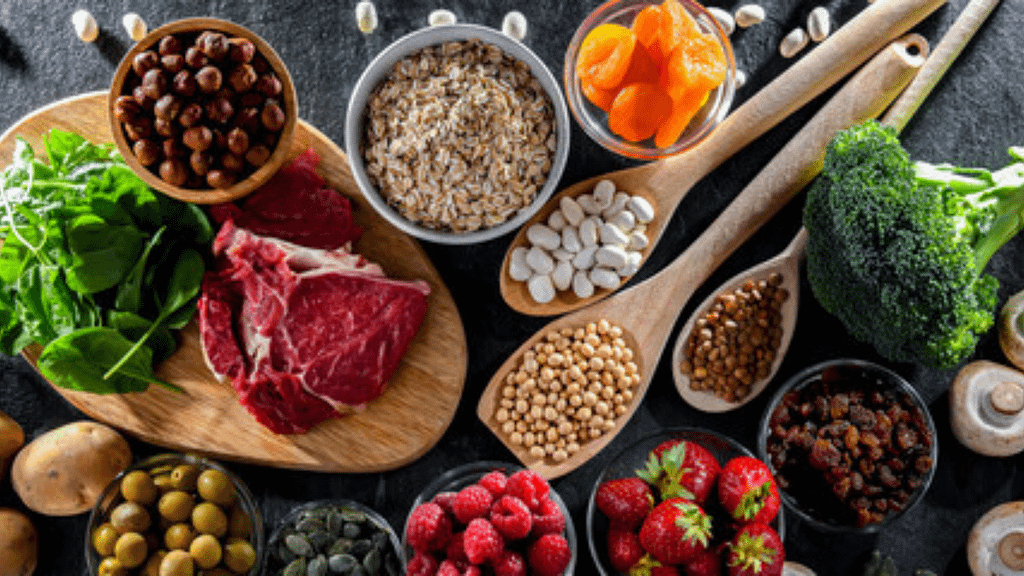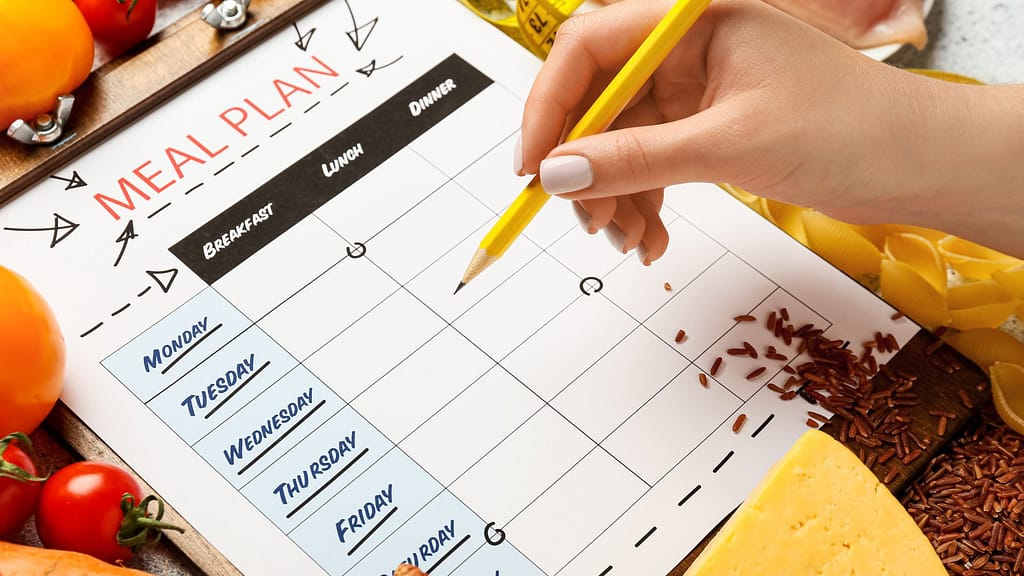
Fuel your body with a healthy meal plan packed with nutritious foods to support energy, weight loss, and overall wellness.
Eating healthy doesn’t have to be complicated. You don’t need fancy ingredients to build a solid, healthy meal plan. What you do need is food that fuels you, fits your lifestyle, and actually tastes good.That’s where meal prep comes in. It saves time, reduces stress, and helps you stay on track, even on the busiest days.
Whether you’re trying out a keto diet or just want better balance, it starts with the right ingredients. And no, it doesn’t have to be boring. In this blog, I’ll share 10 amazing foods you can add to your next meal plan. They’re simple, tasty, and easy to prep ahead. Plus, some of them are go-to favorites if you’re exploring keto foods.
One of the best ways to start strong is to use a structured keto diet plan that keeps things simple and satisfying.

So if you’re ready to make your meals more exciting and more effective, keep reading!!
1. Avocados—The Creamy Green Superfood
Avocados are the MVP of any healthy meal plan. They’re packed with fiber, heart-healthy fats, and essential nutrients like potassium and magnesium. Best of all? They go with almost everything.You can slice them on toast, blend them into smoothies, or mash them into guacamole. They even make a great base for creamy dressings and sauces.
If you’re into meal prep, avocados are super versatile; just add some lemon to keep them fresh. They’re filling, satisfying, and help keep your blood sugar stable throughout the day.For anyone on a keto diet, avocados are a dream. They’re naturally low in carbs and full of good fat, making them one of the best keto foods out there.
Health Benefits of Avocados:
- Rich in heart-healthy monounsaturated fats
- High in fiber for digestion and gut health
- Loaded with potassium—more than bananas!
- Supports brain function and mood
Nutritional Value (Per 100g):
- Calories: 160
- Fat: 15g (mostly heart-healthy monounsaturated fats)
- Fiber: 7g
- Carbs: 9g (Net carbs: 2g, great for keto diet)
- Rich in: Potassium, magnesium, vitamin K, vitamin E
Best Ways to Eat:
- On toast with lemon and chili flakes
- Sliced into salads or wraps
- Blended into smoothies or dressings
- Mashed with lime and sea salt for guacamole
Quick Tip:
Sprinkle lemon juice over cut avocados before refrigerating to prevent browning during meal prep.
Fun Fact:
Avocados contain more potassium than bananas and without the sugar spike!
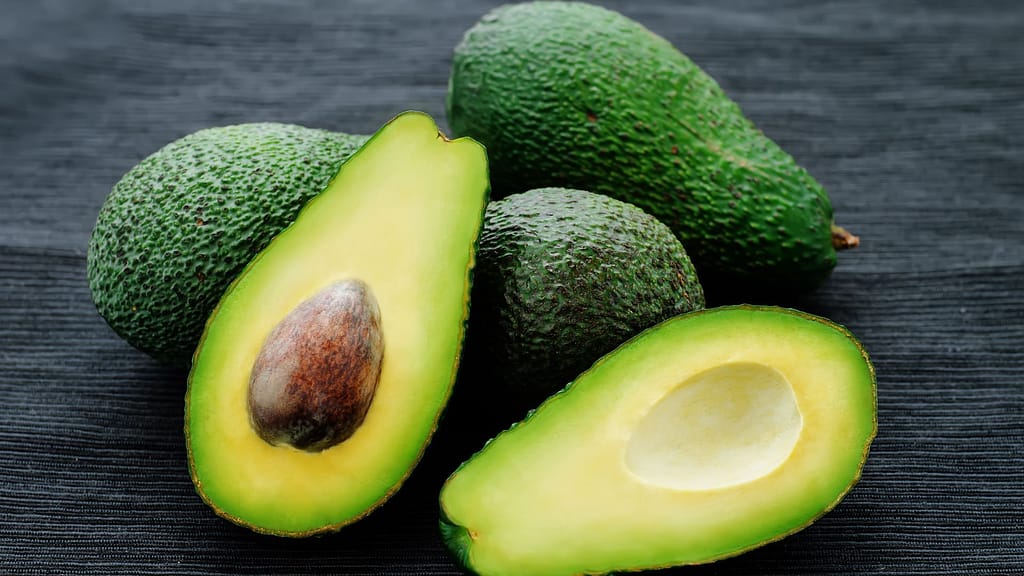
2. Blueberries—Small but Packed with Power
Blueberries may be tiny, but they’re a big win for any healthy meal plan. Loaded with antioxidants, they help fight inflammation and support brain health. Plus, they taste amazing, sweet, tart, and totally snack-worthy. You can toss them into yogurt, sprinkle them on oatmeal, or add them to smoothies. They’re also perfect for meal prep snacks or quick breakfast bowls.
Health Benefits of Blueberries:
- Packed with antioxidants to reduce inflammation
- Supports memory and brain function
- Promotes heart health
- Strengthens immunity with vitamin C
Nutritional Value (Per 100g):
- Calories: 57
- Carbs: 14g (Not ideal for strict keto diet)
- Fiber: 2.4g
- Rich in: Vitamin C, vitamin K, manganese, antioxidants (especially anthocyanins)
Best Ways to Eat:
- Stir into Greek yogurt or oatmeal
- Blend into smoothies
- Freeze for a cold snack
- Toss into salads for a sweet crunch
Quick Tip:
Stick to a small handful if you’re low-carb or cycling keto foods.
Fun Fact:
Blueberries may improve memory and focus, especially in older adults!
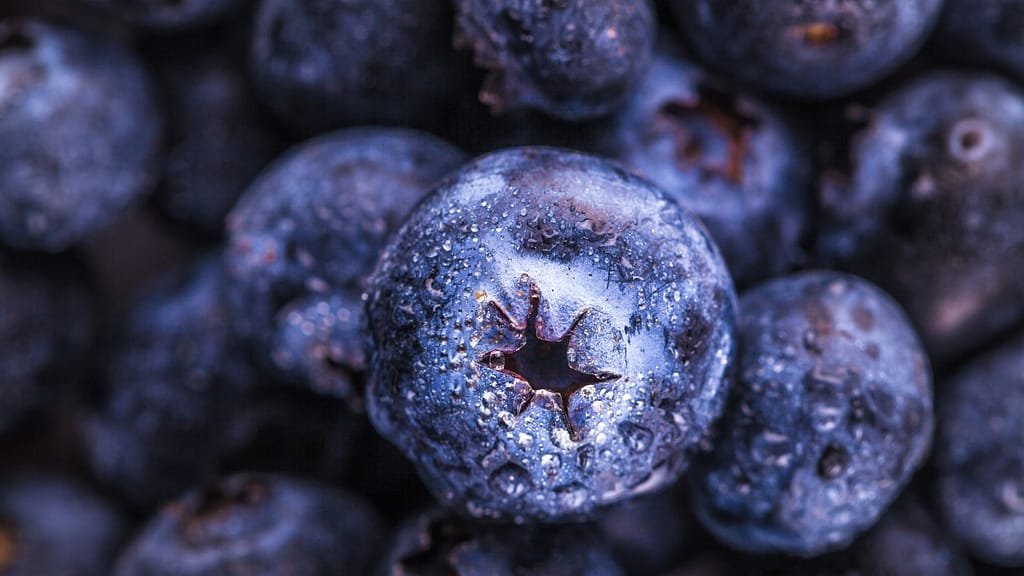
While they’re not ideal for strict keto diets due to their natural sugar content, you can still enjoy them in moderation. A small handful can fit into some flexible keto food lists, especially when paired with fats like chia pudding or coconut cream.

3. Salmon – Protein Meets Brain Fuel
Salmon isn’t just tasty; it’s a powerhouse for your healthy meal plan. Rich in omega-3 fatty acids and high-quality protein, it supports heart, brain, and joint health.
It’s also incredibly easy to cook. Bake it, grill it, air-fry it, or flake it into salads for simple meal prep options. You can even meal-prep it with lemon, garlic, and olive oil for a restaurant-style dinner at home.
Health Benefits of Salmon:
- High in omega-3s for heart and brain health
- Complete source of protein to build muscle
- May improve mood and reduce stress
- Naturally anti-inflammatory
Nutritional Value (Per 100g, cooked):
- Calories: 208
- Protein: 20g
- Fat: 13g (mostly omega-3s)
- Carbs: 0g
- Rich in: Omega-3s, B vitamins, selenium, potassium
Best Ways to Eat:
- Baked with lemon and herbs
- Pan-seared with garlic butter
- Flaked into salads or grain bowls
- Air-fried for crispy texture
Quick Tip:
Pair with roasted veggies or avocado to complete a high-fat keto foods combo.
Fun Fact:
Wild-caught salmon has more omega-3s than farmed and better flavor, too.
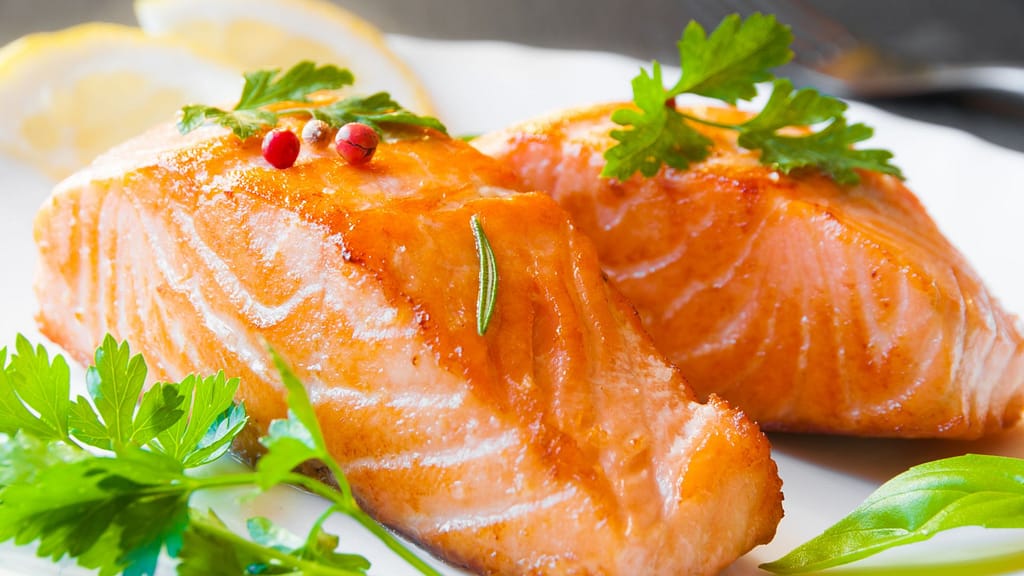
If you’re following a keto diet, salmon checks every box. It’s low in carbs, high in fat, and keeps you full longer, one of the top keto foods out there. Plus, it pairs well with roasted veggies, avocado, or zucchini noodles (more on that soon).
If you’re new to keto, this keto meal plan makes it way easier to get started.
4. Sweet Potatoes—Comfort Food with a Healthy Twist
Sweet potatoes bring comfort and nutrition together in one colorful package. They’re a delicious way to brighten up your healthy meal plan while staying full and energized.They’re easy to roast, mash, or turn into fries, and they store well for meal prep. Plus, they’re naturally sweet, making them a great substitute for less healthy carbs.
While they’re not typically part of a strict keto diet, they work for more flexible low-carb plans.
If you’re not deep into ketosis, a small portion can still fit among your keto foods with balance.
Health Benefits of Sweet Potatoes:
- High in fiber to support digestion
- Rich in vitamin A for eye and brain health
- Steady energy thanks to complex carbs
- Supports heart health with potassium and antioxidants
Nutritional Value (Per 100g, cooked):
- Calories: 86
- Carbs: 20g
- Fiber: 3g
- Rich in: Vitamin A (beta-carotene), vitamin C, potassium
Best Ways to Eat:
- Roasted with olive oil and rosemary
- Mashed with garlic and ghee
- Baked into fries or chips
- Added to soups or stews
Quick Tip:
Leave the skin on for extra fiber and texture.
Fun Fact:
The orange color means they’re packed with beta-carotene, which is great for skin and vision.
Sweet potatoes prove you don’t have to give up flavor for nutrition. They’re wholesome, comforting, and seriously satisfying.
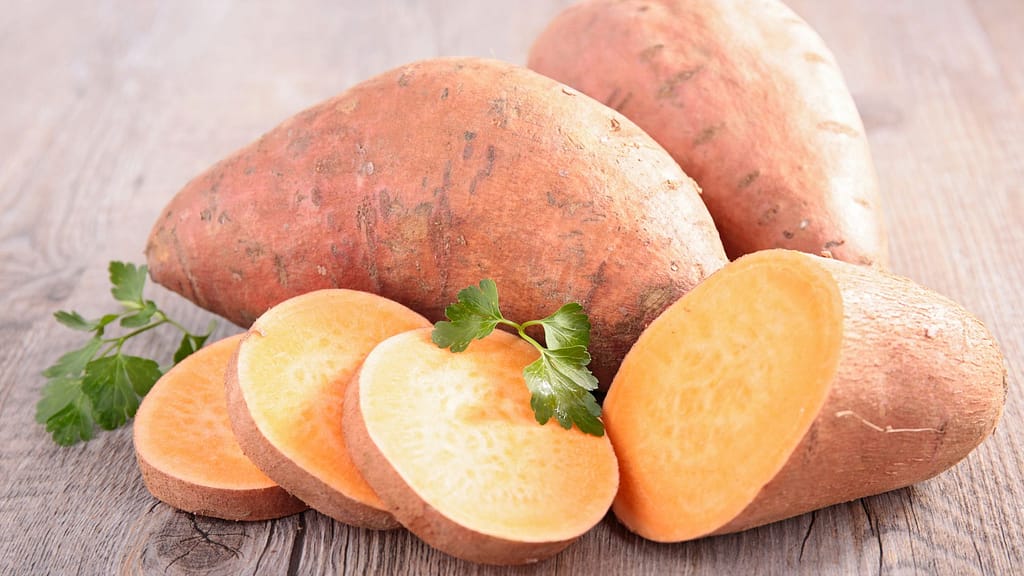
5. Spinach—The Everyday Green You Shouldn’t Ignore
Spinach might not be flashy, but it’s a quiet hero in any healthy meal plan. It’s low in calories, easy to cook, and full of nutrients your body actually needs. You can toss it into eggs, blend it into smoothies, or sauté it for a quick side. Plus, it takes almost no time to prep, making it perfect for busy meal prep days.
While spinach is naturally low in carbs, it also works well in a keto diet. It’s one of those keto foods that gives you volume and nutrition without the carbs.
Health Benefits of Spinach:
- Rich in iron and magnesium for energy and muscle health
- High in folate, great for brain and mood support
- Packed with antioxidants that protect your cells
- Contains water and fiber to support digestion
Nutritional Value (Per 100g, raw):
- Calories: 23
- Carbs: 3.6g (Net carbs: 1.4g)
- Protein: 2.9g
- Rich in: Iron, magnesium, folate, vitamin K, antioxidants
Best Ways to Eat:
- Sautéed with garlic and olive oil
- Blended into smoothies
- Added raw to salads or wraps
- Cooked into omelets or casseroles
Quick Tip:
Wilt it quickly in a hot pan no water needed.
Fun Fact:
Spinach contains plant compounds like lutein and zeaxanthin that support eye health.
Spinach is easy to overlook, but once you start using it often, it becomes a staple you’ll crave.
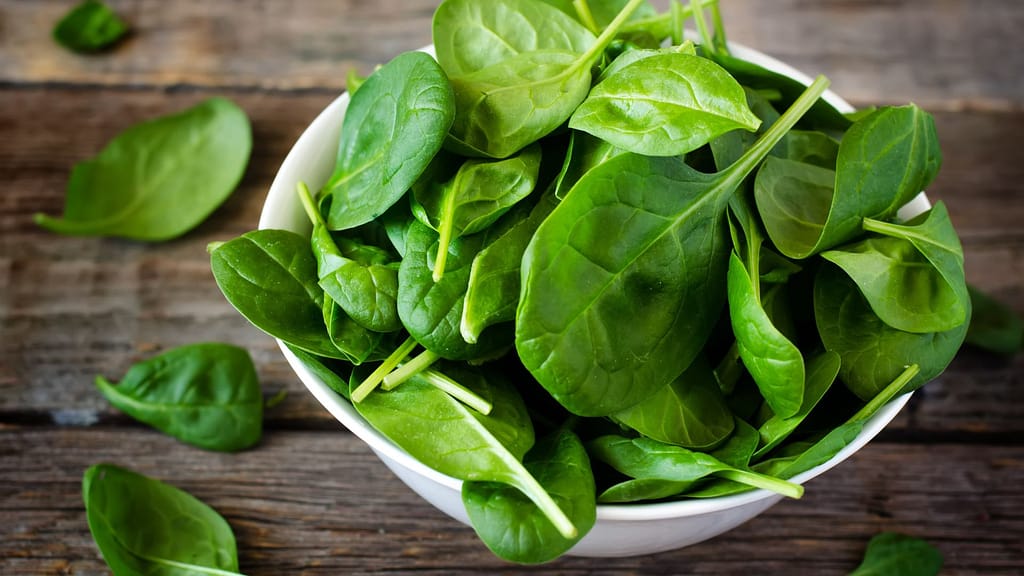
6. Quinoa—The Protein-Packed Grain Alternative
Quinoa is a powerhouse grain that fits right into a balanced, healthy meal plan. It cooks fast, tastes great, and pairs with just about anything.
Use it in salads, bowls, or as a base for your protein and veggies. It holds up well in the fridge, making it ideal for bulk meal prep. While quinoa is too high in carbs for a strict keto diet, it’s a great choice for non-keto days. It’s not a keto food, but it is a clean, complete plant-based protein.
Health Benefits of Quinoa:
- Contains all nine essential amino acids (a complete protein)
- High in fiber for steady energy and digestion
- Supports muscle repair and recovery
- Provides iron, magnesium, and B vitamins for focus and mood
Nutritional Value (Per 100g, cooked):
- Calories: 120
- Carbs: 21g
- Protein: 4.1g
- Fiber: 2.8g
- Rich in: Iron, magnesium, B vitamins, antioxidants
Best Ways to Eat:
- As a base for bowls or stir-fry
- Mixed into veggie patties
- Served chilled in salad
- Swapped in for rice or couscous
Quick Tip:
Rinse before cooking to remove bitter coating called saponin.
Fun Fact:
It’s one of the few plant foods that’s a complete protein, meaning it has all 9 essential amino acids.
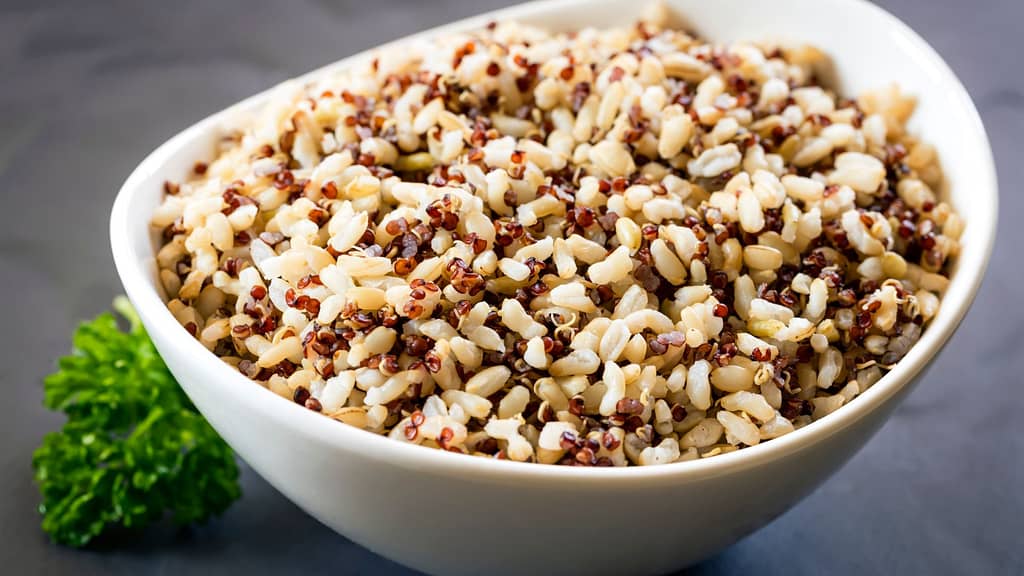
If you’re not keto, quinoa is one of the smartest carbs you can include in your routine.
7. Greek Yogurt (Plain, Full-Fat) – Creamy, Tangy, and Good for Your Gut
Greek yogurt is a staple in any healthy meal plan. It’s thick, satisfying, and loaded with protein to keep you full for hours. Add it to smoothies, top it with fruit, or use it as a base for sauces and dips. It’s quick, easy, and fits beautifully into your weekly meal prep. If you’re on a keto diet, choose plain, full-fat versions with no added sugar. It’s one of the few keto foods that also supports gut health and digestion.
Health Benefits of Greek Yogurt:
- High in protein to support muscle and metabolism
- Contains probiotics for a healthy gut
- Provides calcium for strong bones
- Helps control hunger and reduce cravings
Nutritional Value (Per 100g, plain full-fat):
- Calories: 97
- Protein: 9g
- Carbs: 3.6g
- Fat: 5g
- Rich in: Calcium, probiotics, vitamin B12
Best Ways to Eat:
- Topped with berries, seeds, or nuts
- As a base for dressings and dips
- Blended into smoothies
- Eaten plain with cinnamon
Quick Tip:
Avoid flavored yogurts; they’re often packed with sugar.
Fun Fact:
Greek yogurt is strained to remove excess whey, which makes it thicker and higher in protein.
Greek yogurt is creamy, versatile, and works as a snack or part of a full meal. Once you find your favorite way to enjoy it, you’ll never go back.
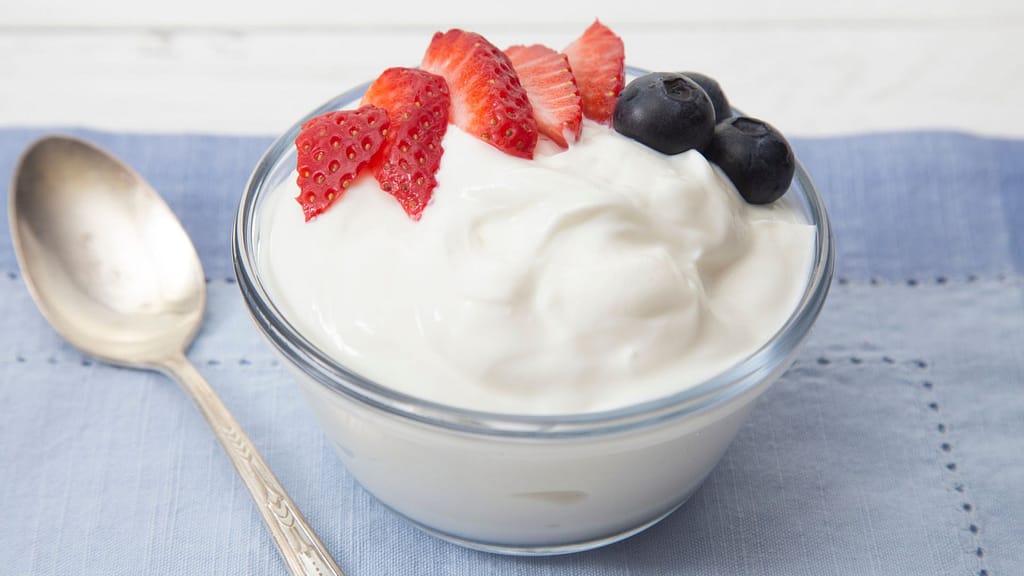
8. Chia Seeds—Tiny Seeds, Big Impact
Don’t let their size fool you; chia seeds are a nutrition powerhouse for any healthy meal plan. Just a spoonful can add fiber, omega-3s, and plant-based protein to your meals.
You can stir them into yogurt, blend them into smoothies, or soak them overnight for chia pudding. They’re one of the easiest meal prep ingredients around—no cooking needed. Chia seeds also fit perfectly into a keto diet. They’re low in carbs, high in fiber, and one of the most flexible keto foods available.
Health Benefits of Chia Seeds:
- High in soluble fiber to support digestion and satiety
- Helps keep you hydrated by absorbing water
- Packed with omega-3 fatty acids for brain and heart health
- Adds plant-based protein to any meal or snack
Nutritional Value (Per 28g / 2 tbsp):
- Calories: 137
- Carbs: 12g (Net carbs: 2g, due to 10g fiber)
- Protein: 4g
- Fat: 9g (including omega-3s)
- Rich in: Fiber, calcium, omega-3s, antioxidants
Best Ways to Eat:
- Make chia pudding with almond milk
- Stir into Greek yogurt
- Add to smoothies or shakes
- Use as an egg replacer in baking (1 tbsp chia + 3 tbsp water)
Quick Tip:
Let them soak at least 30 minutes for best texture and digestion.
Fun Fact:
Chia seeds can absorb 10x their weight in water, helping you stay fuller longer.
They may be small, but chia seeds deliver serious benefits, and they make your food look extra fun too.
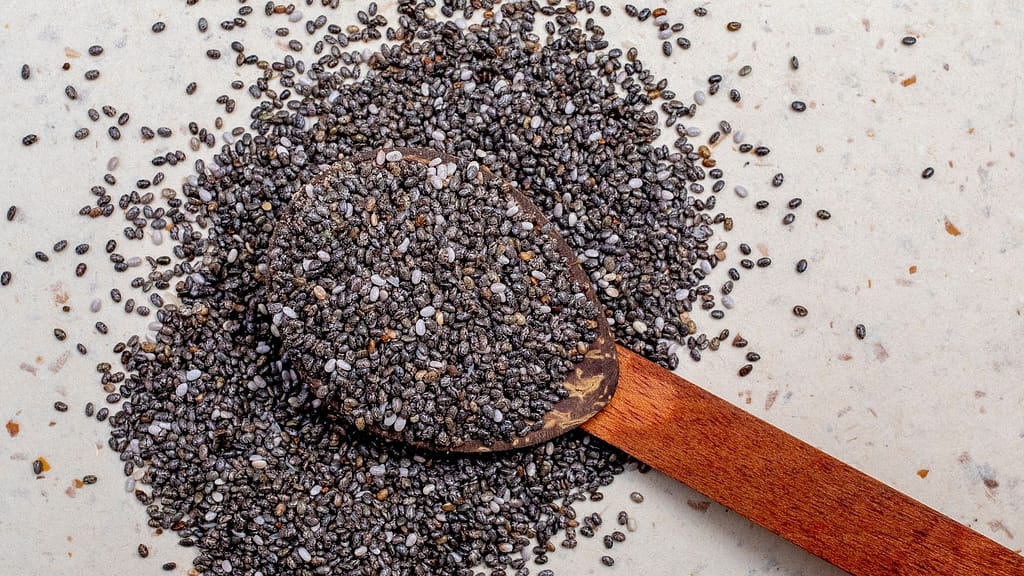
9. Eggs—Simple, Affordable, and Nutrient-Dense
Eggs are one of the most complete foods you can include in a healthy meal plan. They’re quick to cook, easy to store, and endlessly versatile. Scrambled, boiled, poached, or baked eggs work for breakfast, lunch, dinner, or snacks. They’re perfect for meal prep because they last days in the fridge without losing flavor or texture.
And if you’re on a keto diet, eggs are a staple. They’re naturally low in carbs and packed with fat and protein, making them top-tier keto foods.
Health Benefits of Eggs:
- High-quality protein to support muscles and metabolism
- Rich in choline and lutein for brain and eye health
- Supports heart health when eaten in moderation
- Budget-friendly and super filling
Nutritional Value (Per large egg):
- Calories: 70
- Protein: 6g
- Fat: 5g
- Carbs: 0.6g
- Rich in: Choline, selenium, vitamin D, B12
Best Ways to Eat:
- Boiled for grab-and-go snacks
- Scrambled or poached for breakfast
- Baked into muffins or frittatas
- Fried in olive oil for extra crunch
Quick Tip:
Keep boiled eggs in the fridge for up to 1 week, perfect for emergency meal prep snacks.
Fun Fact:
Egg yolks contain choline, which supports brain development and memory.
Eggs are proof that healthy eating doesn’t have to be expensive or boring.
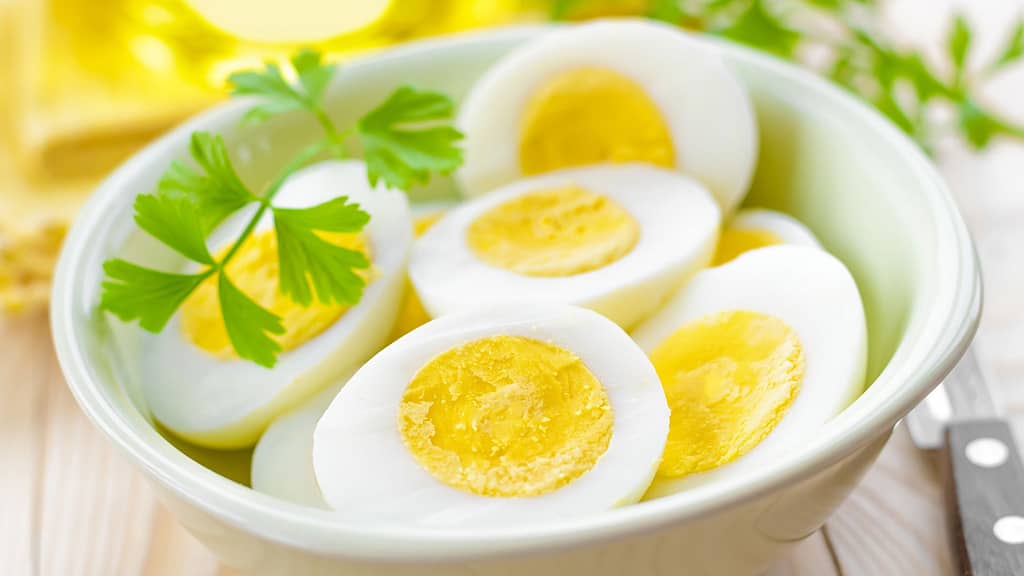
10. Zucchini Noodles (Zoodles)—A Low-Carb Pasta Swap You’ll Love
If you miss pasta but want to stay on track, zoodles are your new best friend. They’re light, crisp, and the perfect base for any healthy meal plan.
Spiralize fresh zucchini, sauté for a few minutes, and you’ve got a fast, flavorful base. They store well in the fridge, making them a smart meal prep option for busy nights.
Best part? Zoodles are a superstar in any keto diet. They’re low in carbs, high in fiber, and one of the easiest keto foods to customize.
Health Benefits of Zucchini Noodles:
- Low in calories and carbs, but high in volume
- High water content for hydration and digestion
- Contains antioxidants like vitamin C and beta-carotene
- Satisfies pasta cravings without the crash
Nutritional Value (Per 100g):
- Calories: 17
- Carbs: 3.1g
- Fiber: 1g
- Fat: 0g
- Rich in: Vitamin C, vitamin A, manganese
Best Ways to Eat:
- Sauté lightly with olive oil and garlic
- Serve under marinara or pesto
- Mix with ground beef for keto “spaghetti”
- Eat raw in cold noodle salads
Quick Tip:
Don’t overcook—zoodles only need 2–3 minutes to stay crisp.
Fun Fact:
Zoodles are 95% water, so they hydrate while satisfying pasta cravings.
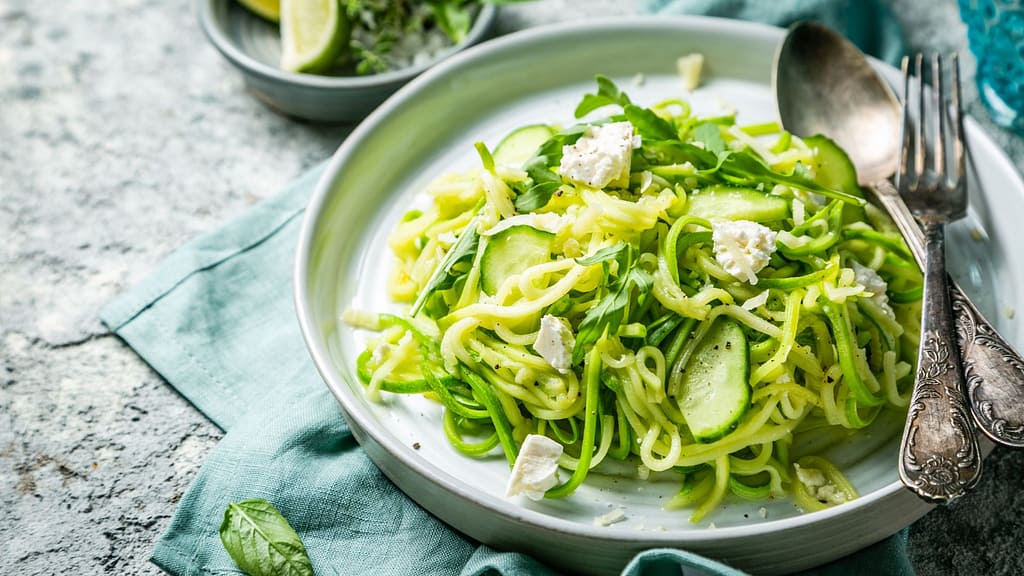
Pair them with salmon, pesto, or avocado sauce for a meal that’s both comforting and keto-friendly.
👉 Want a full keto meal plan built around easy, delicious foods like these?
Check out my favorite keto diet plan here.

Build a Meal Plan That Actually Works for You
Eating well doesn’t have to be overwhelming or boring. With the right ingredients, your healthy meal plan can feel exciting again. Whether you’re prepping for the week or just trying to eat better daily, these foods make a difference. They’re easy to find, quick to cook, and perfect for flexible meal prep routines.
And if you’re following a keto diet, don’t overthink it; simple, clean keto foods are your best friend. You don’t need to guess what to eat or stress over your macros.
👉 Want help building a keto-friendly meal plan that actually works?
Check out this keto diet plan I recommend.
It’s beginner-friendly, affordable, and designed to help you stay on track without giving up flavor.
Start small. Mix in a few of these foods this week. Before you know it, your meal plan will feel less like a chore and more like self-care.
Frequently Asked Questions (FAQs)
1. What are the best foods for a healthy meal plan?
The best foods are nutrient-dense, easy to prep, and versatile. Think salmon, spinach, eggs, quinoa, and chia seeds. These support energy, digestion, and long-term wellness.
2. How do I start a meal prep routine with these foods?
Begin by choosing 2–3 proteins, 2 veggies, and 1 grain or low-carb base. Cook in bulk on Sundays. Store in airtight containers for quick grab-and-go meals. Zucchini noodles and Greek yogurt are also great for fast meal prep options.
3. Are all the foods listed keto-friendly?
Not all. Foods like quinoa and sweet potatoes are higher in carbs, so they don’t fit a strict keto diet. Stick with salmon, eggs, spinach, chia seeds, Greek yogurt, and zoodles for low-carb keto foods.
4. Can I lose weight by eating these foods?
Yes, especially when portioned right and combined with physical activity. High-protein, high-fiber foods keep you full longer, making calorie control easier. Pair them with a structured healthy meal plan for best results.
5. How do I include your keto diet plan into my routine?
Simple! Use the affiliate link in the blog above to explore my recommended keto diet plan. It’s beginner-friendly, customizable, and pairs perfectly with the keto foods listed here.
6. What’s the best way to make these foods fun for picky eaters?
Play with textures and seasonings! Try air frying salmon, turning eggs into muffins, or mixing chia with cocoa and almond milk. Meal prep doesn’t have to be boring.
7. Can I mix keto and non-keto foods in my weekly meal plan?
Absolutely. Many people do a cyclical or targeted keto diet that includes higher-carb days. Balance is key. Choose what works best for your energy levels and lifestyle.
